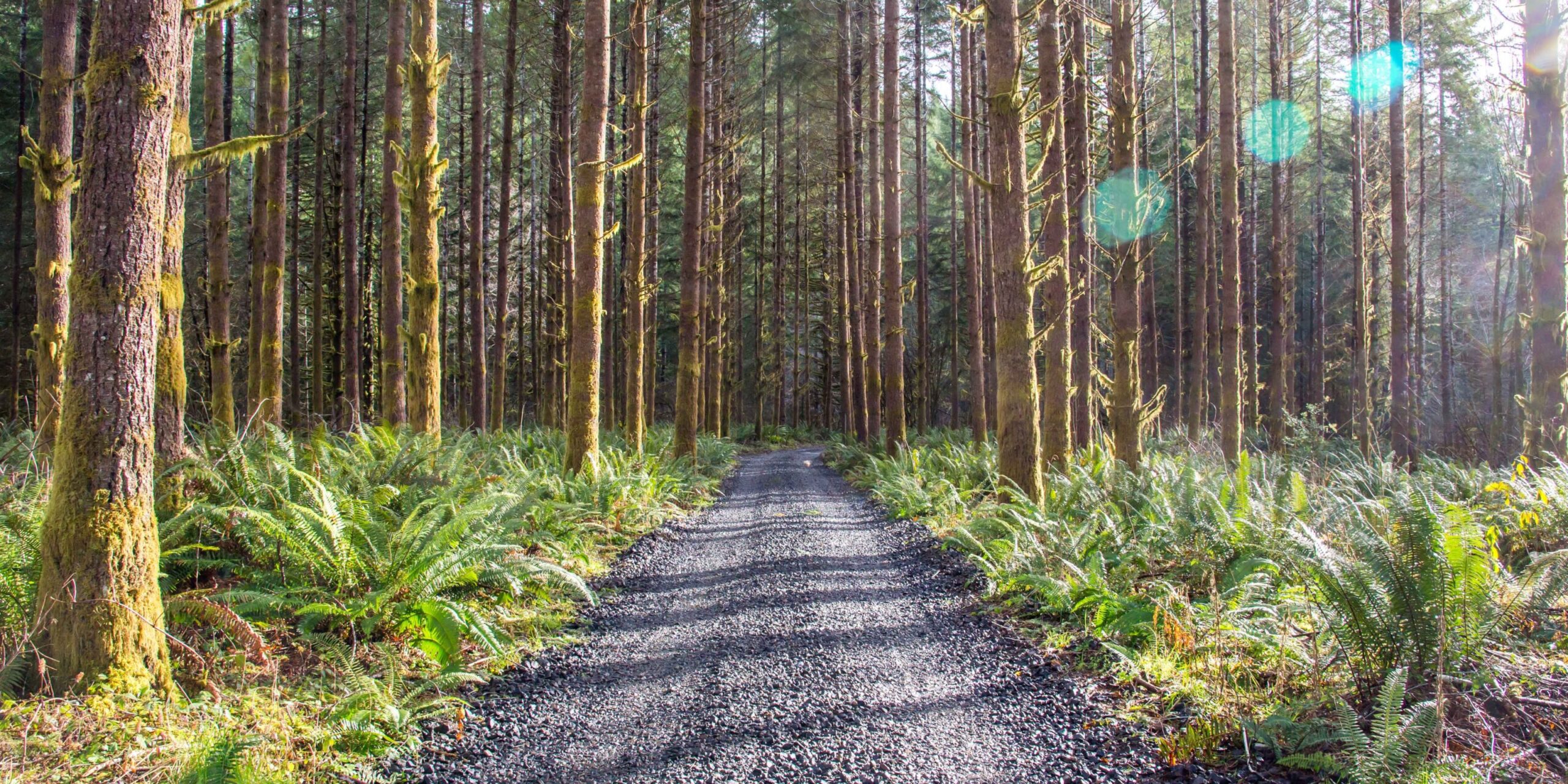
Work. Play. Renew.
Giving native bees a boost on Oregon’s working forests
Alarmed about the decline of wild bees in some parts of the US, an Oregon timber company became curious about the status of native bees in the Pacific Northwest, and how they could help increase their diversity and population.
Partnering with the Oregon Department of Forestry and Oregon State University’s Pollinator Health Program, Hampton Lumber’s pollinator project is working to increase public awareness and develop guidelines to apply to its private forestlands to increase the density and diversity of native pollinators. Further, they hope to develop a sort of “how-to” guide of suggested post-harvest practices and guidelines that other forestland owners can adopt to enhance pollinator habitat on their own managed forests.
Experts believe more than 500 species of bees are native to Oregon, a respectable percentage of the 4,400 species known in North America and nearly 20,000 worldwide. Some might be surprised to learn that unlike the iconic honey bee, most native bee species are solitary creatures that make their nests in the ground or hollowed out stems. These solitary native bees, along with social ground-nesting species of native bumble bee, are the most important pollinators of wild plants and are increasingly being recognized as playing an important role in the pollinator of many food crops.
Experts refer to “estimated” species for Oregon because a comprehensive survey of all native bees in the state has never been conducted (although efforts are underway to change that! Learn more.) Although native pollinator decline is not believed to be a significant issue currently in Oregon, the lack of foundational population data makes it difficult to assess the health of the pollinator population overall.
Jed Arnold, Hampton’s community outreach and stewardship coordinator on Oregon’s north coast, has led their project since its start in 2017. He has conducted a series of experiments to better understand how to optimize forest management, particularly harvest sites, to benefit pollinators. His research to date has focused on habitat modifications such as leaving woody debris, maintenance of open spaces and increasing availability of forage for native bee species.
“The first year after harvest is really important.” Arnold explained in an article by the Seaside Signal. Plant growth rates are so naturally high in northwest Oregon that understory plant species will establish aggressively on their own. If you want to make changes to post-harvest management to specifically benefit pollinators, it has to be done right away, or things will quickly reassert themselves on their own. “[Harvest sites] are already really good habitat for pollinators. We’re [working] with the Forest Pollinator Research Group to design specific treatments so that we can compare against a control and get specific results. We want to know which treatments benefit which species.”
“Harvest sites are already really good habitat for pollinators.”
So far, the studies have taken place on 38 acres of land and have already provided a lot of information about different characteristics that help with enhancement work.
A few findings from their work so far includes:
- Planting native wildflowers particularly attractive to native bees appears to increase species diversity
- Piled slash (limbs and other residual debris left on the ground after harvest) near food resources can provide good nesting habitat
- Disturbed soils (burn pile remnants, skid roads) can offer benefits to some ground-nesting species
- Concentrating forage plant placement in discreet areas where the plants will thrive within a harvest site seems to generate better results than more disperse broadcast distribution of seed throughout a unit.
Asked about his thoughts on the project to date Arnold commented, “It’s been a huge learning experience so far, we came in thinking we might be able to plant some native flowers on our harvest sites and be done and it’s turned into an active partnership with academics and non-profits to really discover how our pollinators are interacting with these forest openings and what land-owners can do to maximize that benefit – both topics where there has been very little previous research. Hampton has let me kind of just take the ball and run with it, using acres of their forest as kind of a living laboratory.” Pressed on if he saw any downsides to the work Arnold volunteered, “It’s probably something to do with the fact that bees rhymes with trees, but the topic of pollinators in the forestry field seems to really engender itself to puns. It’s pretty ripe ground for awful dad jokes about ‘bee-ing there for our native pollinators’ and such. I could live without those I guess.”
Hampton Lumber hopes to have suggested guidelines that can be followed by other foresters to benefit native pollinator populations throughout Oregon available following the first round of data from controlled experiments next fall. You can learn more about Hampton’s program and keep up to date on its progress at their website.
[/et_pb_text][et_pb_code _builder_version=”4.19.2″ _module_preset=”default” global_colors_info=”{}”][/et_pb_code][/et_pb_column][/et_pb_row][/et_pb_section]